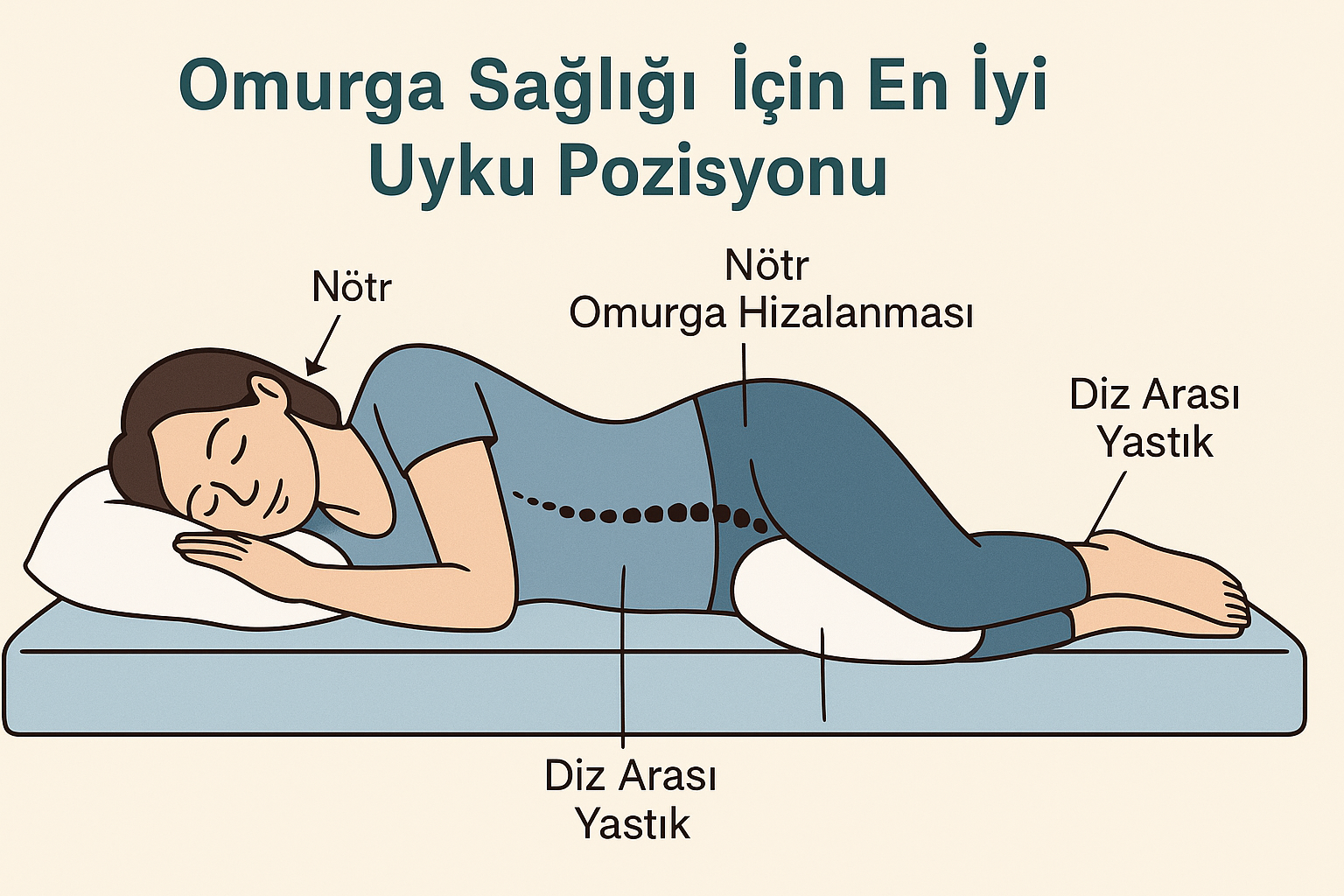The shoulder joint is known for having the widest range of motion in our body. This wide range of motion also makes the shoulder vulnerable to various problems. One of the most common causes of shoulder pain is shoulder impingement syndrome. This condition occurs when the muscle tendon that is compressed between the shoulder bones and allows the arm to be lifted up is damaged. The damage can cause pain radiating to the arm and sometimes serious problems that can lead to tendon rupture.
Risk factors for shoulder impingement include lifting heavy objects at an angle greater than 90 degrees, reaching overhead, sleeping with the shoulder in an elevated position, and trauma. These factors can cause the shoulder muscles to tighten even more, limiting shoulder movement over time. Users often complain of pain during movements such as dressing or reaching up. In advanced cases, a severe limitation of movement known as “frozen shoulder” can develop.
Shoulder Joint Pain Diagnosis
Diagnosis of shoulder impingement syndrome is made with special test movements and shoulder MRI. MRI examinations help determine the cause of muscle tendon compression, the degree of injury, and whether there is a tear, if any.
Shoulder Joint Pain Treatment
Omuz ağrısının tedavisi, genellikle 2-4 haftalık fiziksel tedavi ve egzersizle başlar. Eğer fizik tedaviye yanıt alınamazsa, omuz kaslarını innervate eden sinirlere yönelik enjeksiyonlar uygulanabilir. Bu enjeksiyonlar genellikle Radyofrekans Termokoagülasyon (RFT) ile yapılır; bu yöntem, ağrıyı ileten sinir liflerini hissizleştirerek ağrının azalmasını sağlar. Ultrasonografi eşliğinde yapılan Supraskapuler RFT uygulaması ile hastaların %80-85’inde ağrıda azalma ve omuz hareketlerinde iyileşme gözlemlenmektedir.
Note: This article is for informational purposes only and is not a substitute for medical advice. If you have any concerns about any health issue or treatment options, it is important to consult a healthcare professional.










